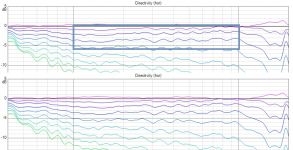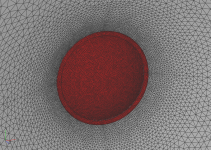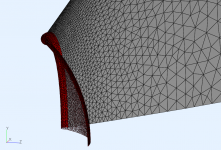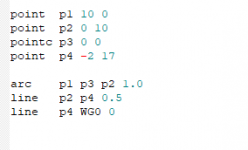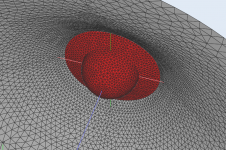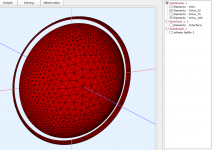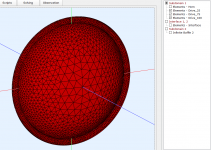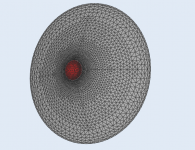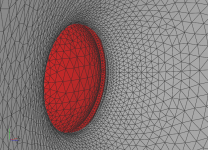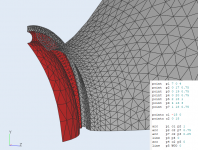What you are looking at is about the best behaviour of a conventional loudspeaker one can imagine (at least up to about 10 kHz). If that sucks, I don't know how to please you more. 🙂
Something like that, frankly I don't remember - probably not worth learning at this moment as in 4.6 it is different again (much different because a whole new level of flexibility was introduced). Will be released soon.Mabat, I haven't used this for a good while now and I see things have changed now quite a bit. Is that Gcurve angle now what I should use to define coverage angles together with Gcurve.vertscale?
Something like that, frankly I don't remember - probably not worth learning at this moment as in 4.6 it is different again (much different because a whole new level of flexibility was introduced). Will be released soon.
10-4 🙂 Looking forward to it.
Isn't a horn conventional enough already?
alright so what is the coverage angle of this horn and it's bandwidth?
As seen from the measured data, it has a remarkably stable 100° beamwidth between 1 - 10 kHz, which smoothly widens below that and narrows above that, as for any such horn. It's almost without any diffraction noticeable on the frequency response. That's simply a good waveguide in my book. There won't be many like this one.
Last edited:
well sorry i disagree to me it's a 60 deg and only between 1.5k to 8K and yes i'd love to hear it...if that where possible!
?? sorry might just be me but if the response varies more than 1.5 db at any point in the band width it's not kosher...
and to make matters worse i thought we where looking at the other chart!
what you outlined with the cursor shows 40 deg of rotation,no?
and to make matters worse i thought we where looking at the other chart!
what you outlined with the cursor shows 40 deg of rotation,no?
Last edited:
It's actually 50 because it is normalized for 10 deg to take the particular driver used out of the picture. In principle it can be equalized to what you see.
It is normalized to 10 degrees, so its 50 inside the box)= 100deg horizontal total. Pretty amazing! Flat on listening axis and 1.5db anywhere in the room! 😀
well i would like to hear it.. the proof is in the pudding! i'll go back to imbibing scotch and continue my quest to find a means to auralize sims....
Take the tool and build your own 🙂 It could easily be as good or even better (i.e. bigger).
Last edited:
As for simulating dome tweeters, ABEC allows to define different weights to different driving elements. This is what I did - I set a lower weight for the surround. In this case the surround is divided into two rings of weights 0.75 and 0.25 respectively. Maybe one ring at 0.5 would be sufficient, I don't know, could be checked. The weights are set in the script file, along with the whole dome geometry, or whatever it is.
This will also be part of the 4.6 release, which will be really a major update. I still need to finish the documentation...
This will also be part of the 4.6 release, which will be really a major update. I still need to finish the documentation...
Attachments
I assume this weighting is there to account for the fact that the outer edge of the surround is not moving, and you can gradually include the surround geometry until you reach the point where the driving force of the voice coil defines the dome movement?
I have used your tool to make some 3D printed prototypes with a dome as a source. I have done several versions to try to find a good opening angle at the throat. It's quite good, but I'm not completely satisfied yet.
I'm looking forward to the next version and hope that I can get a better correlation between the simulated and measured result when using a dome tweeter.
Thank you for sharing your work.
Its really an amazing tool!
I have used your tool to make some 3D printed prototypes with a dome as a source. I have done several versions to try to find a good opening angle at the throat. It's quite good, but I'm not completely satisfied yet.
I'm looking forward to the next version and hope that I can get a better correlation between the simulated and measured result when using a dome tweeter.
Thank you for sharing your work.
Its really an amazing tool!
I guess the match with reality mainly depends on how closely the diaphragm maintains a pistonic motion.
Anyway, now the tool is much more suitable for simulating dome tweeters - even something like this is now easily possible to test:
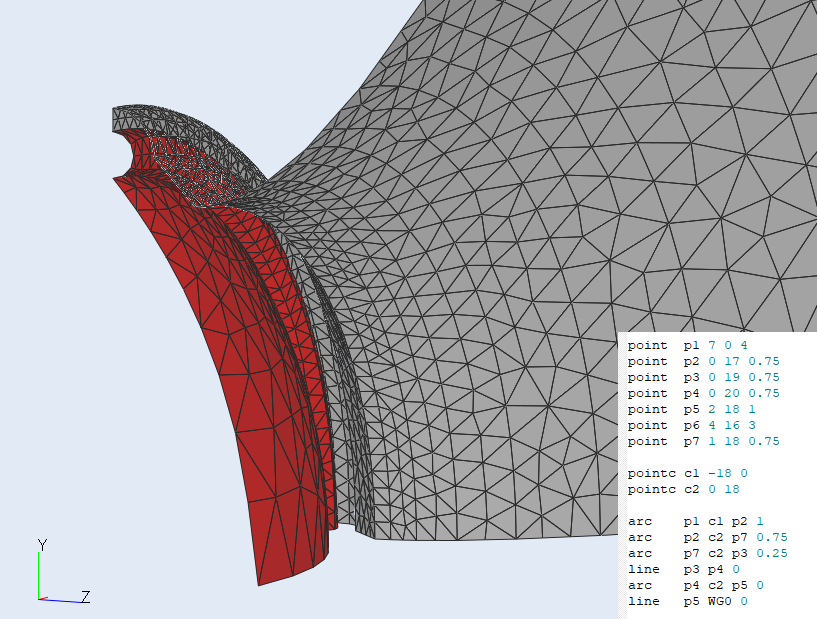
Anyway, now the tool is much more suitable for simulating dome tweeters - even something like this is now easily possible to test:
Attachments
- Home
- Loudspeakers
- Multi-Way
- Acoustic Horn Design – The Easy Way (Ath4)
